*If you end up being alone in either class, you will still get a full hour private class.
By Appointment:
Group Apparatus class
In you are scheduled for a group apparatus class, you might be joining 3 other clients. You will be working on the Reformer, the Mat, the Chair and the Tower. You will work on your classical routine but you will also be introduced to new variations. The instructor will still be focusing on everyone’s individual needs.
About the reformer:
One of the best things about the reformer is its versatility.
Exercises can be done lying down, sitting, standing, pulling the straps, pushing the footbar, perched on the footbar, perched on the shoulder blocks, with additional equipment, upside down, sideways and all kinds of variations.
The resistance of the reformer means you’ll get results from your workouts faster. The tension of the springs on the moving carriage adjust to different levels of difficulty. As a beginner student, you will learn to work using the resistance. As you become stronger and more proficient with the reformer, you progress from reclined exercises to ones that put less of your body surface on the carriage. You’ll be able to use more of your own strength and coordination to execute the moves. You may even notice greater definition in your arms, legs and abs after just a few months of consistent work on the reformer. The work on the reformer will help you to perform the mat exercises without cheating.
About the chair:
The Pilates chair is another of Joseph Pilates’resistance exercise machines. The Pilates chair is basically a box with one side that can be pressed down against the resistance of springs, like a large pedal. Sometimes the pedal portion is divided into two parts that can be worked independently.
Traditionally, Pilates chairs were made of wood, with a padded top and pedal. The original chairs that Joseph Pilates designed actually did double-duty as furniture, converting into sitting chairs.Though the basic design is simple, there are a lot of exercises that can be performed on the Pilates chair. It is excellent for strengthening the core muscles, of course, and also the arms and legs. The chair is often used for simple strength and balance exercices. They are done lying, sitting, and standing on the chair, as well as from positions to the sides of the chair. One can expect a lot of stability and flexibility work on the chair. It is truly a testament to the ingenuity of the Pilates method to see how many exercises can be done on the Pilates chair.
About the Tower (Wall Unit):
The Tower is an apparatus that is attached to the wall or the Reformer, but offers a more stable surface to work from. Individuals will sit, stand or lie down on a mat and work with resistive springs that are attached to a Tower to build strength, flexibility and muscular endurance.
In a private or trio session, we will only give the tower exercises that your body needs on that particular day.
We will pick and choose which exercices to do. We may do 3-5 exercices and then move on to another piece of equipment.
About the Mat:
In our trio session, we will only perform few exercices from the mat series.
As history states, Joseph Pilates first created the mat series. Recognizing that the work was difficult and to help his students with his work, he created the Pilates apparatus. The apparatus was created to do some of the work for you. The Pilates apparatus helps you find your muscles, helps to give you awareness and teaches you how to use your body so you can do the mat work more efficiently. Joseph Pilates called his method of body conditioning, Contrology. He worked with students one on one for a few sessions and then they were left on their own. He had charts all over his studio with pictures of the exercises and clients would follow the charts if they forgot what came next. Of course there were teachers there, and some students worked privately, but it was very much like a gym. They would come into the studio as if it were a gym and do their series that he taught them. He would teach his students new things when he felt they were ready. As far as most people know the only place Joseph Pilates taught mat classes was at Jacob’s Pillow, a summer dance festival held every summer in the Berkshires, Massachusetts.
Tower group class
Joseph Pilates did not create the Studio Wall Unit, aka. Tower unit, which has nearly all the same capabilities as a Cadillac, one of his main creation. At our studio, we teach tower classes merging with the mat work. We have 4 tower units available.
The Tower classes have the following benefits:
- The Tower works from a more stable surface, so can offer participants a more secure surface to build strength.
- The Tower classes are a bit more strength-focused. The main purpose of many of the exercises taught in a Tower class is to build strength and muscular endurance.
- The Tower class is an easier place to start if you are a beginner to Pilates classes, due to the support of the roll back bar. Many of the exercises are a bit simpler to catch on to while still teaching the Pilates principles and offering a challenging, but adaptable workout.
- More affordable than the trio class or private.
NEW CLIENTS:
Please purchase the Intro Special Package for your 2 first classes before scheduling for a trio class.
Enjoy all the fun of group class!
